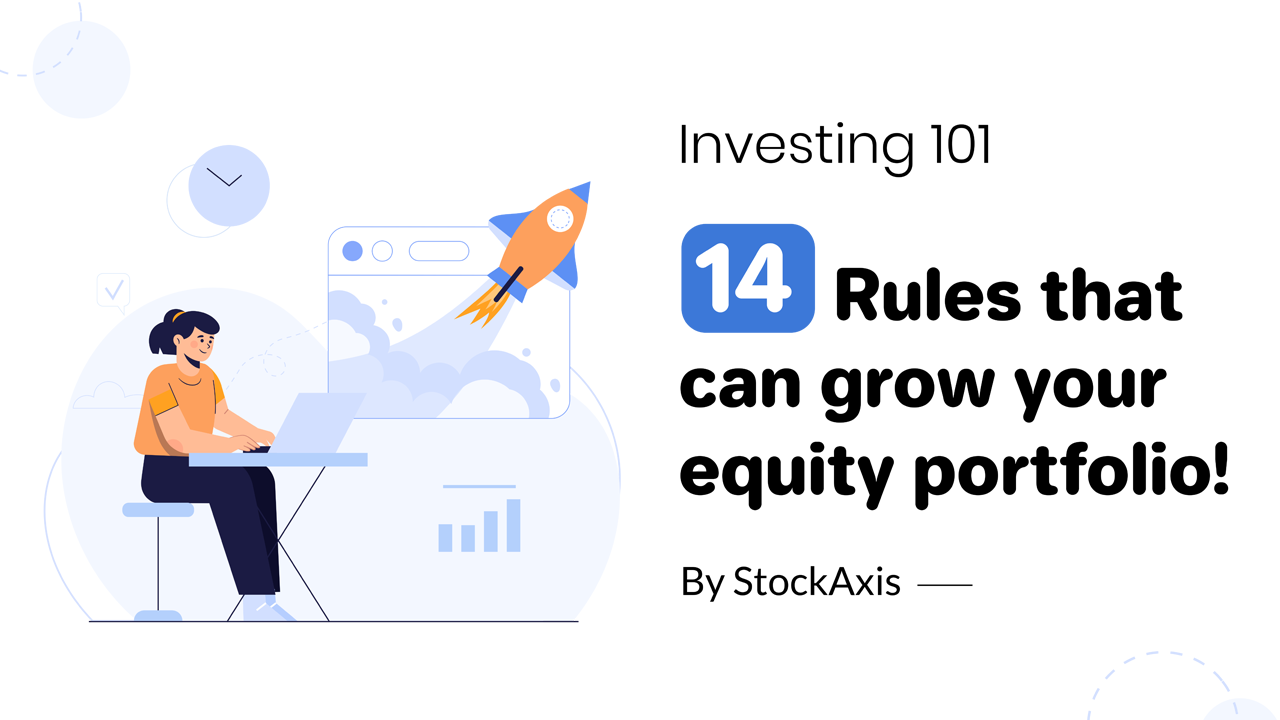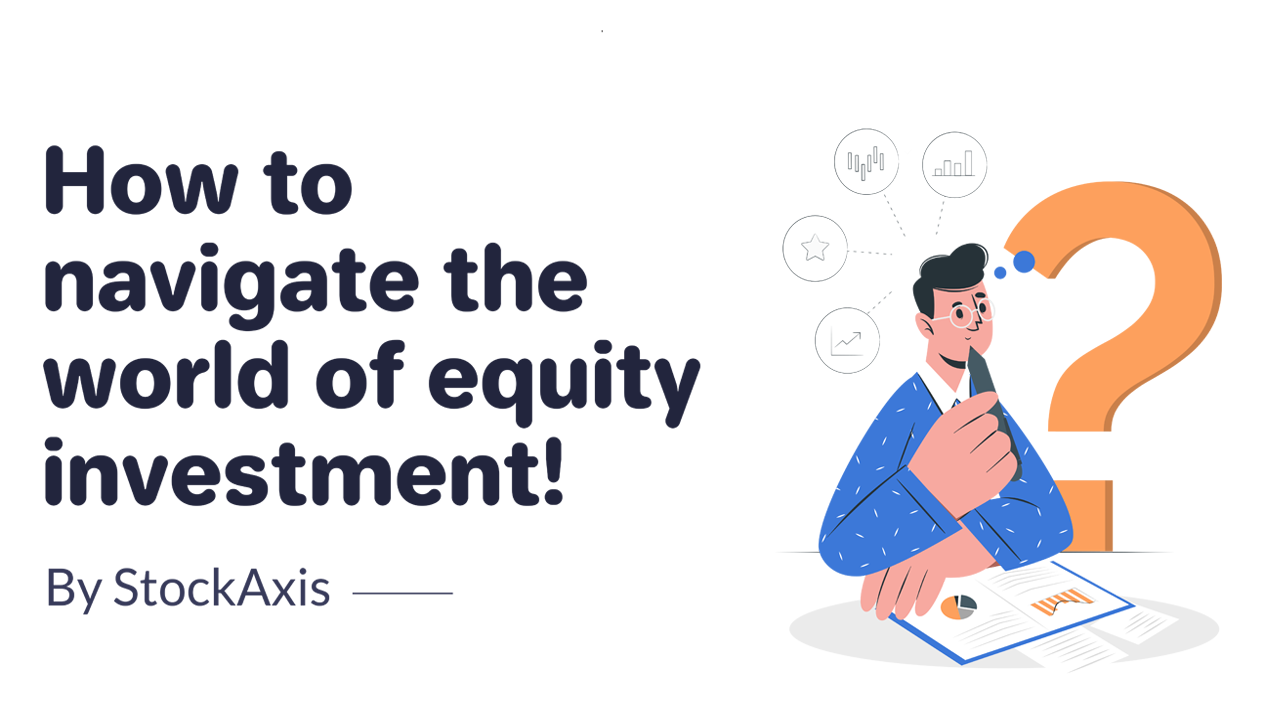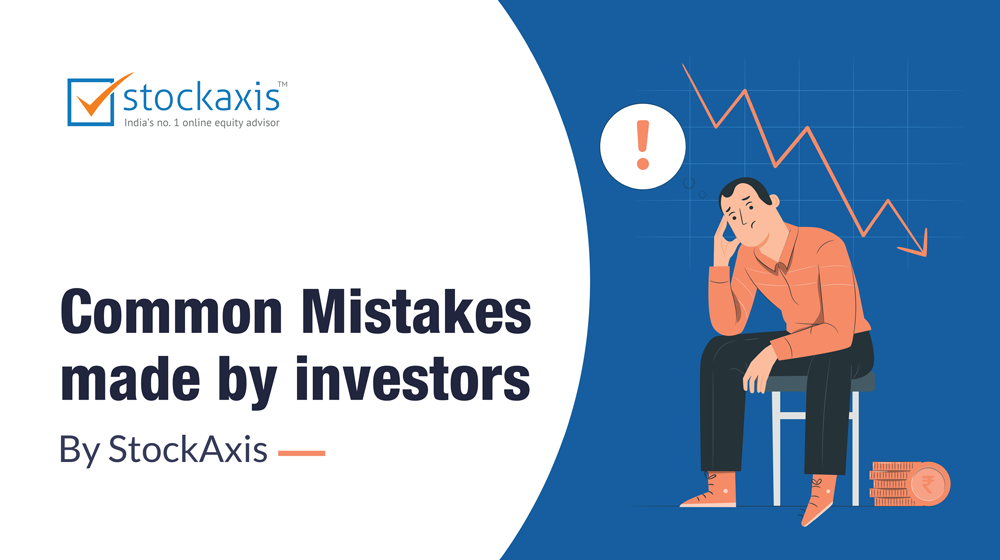Analyzing Companies: Financial Perspectives
In this section, we’ll start analyzing companies from a financial point of view so we can better understand the businesses and the long-term opportunities. Having covered the qualitative aspects, it is time for us to move on to the quantitative aspects.
Balance Sheet
Many people get scared off by the prospect of having to read financial documents, but it doesn’t take a degree in business to be able to understand a few key figures. The first time you look at one, you may be overwhelmed, but as you grow as an investor, you’ll grow more comfortable with them.
Each quarter, every public company is required to release a number of financial documents to give investors an overview of how the company is performing. One such document is the balance sheet
Understanding the Balance Sheet
A balance sheet is structured with assets on one side and liabilities on the other. Assets encompass everything a company owns, classified into current and non-current assets. Liabilities represent obligations and debts owed, categorized as current and long-term liabilities. The equation Assets = Liabilities + Equity ensures the balance sheet reflects the company's total financial position accurately.
Owner's Equity
Owner's equity, or shareholders' equity for companies, is a crucial component. It represents the residual interest in the assets of the entity after deducting liabilities. This figure is vital in assessing the company's intrinsic value, often referred to as book value.
Transaction Reporting
Transactions such as securing loans or raising capital are meticulously recorded on the balance sheet. For instance, a company securing a Rs 5,00,000 loan would increase its cash asset by that amount while concurrently increasing its long-term debt liability, thus maintaining equilibrium.
Interpreting the Balance Sheet
While no single figure on a balance sheet determines a company's investment worthiness, it provides a foundational overview. It serves as a starting point for deeper analysis into a company’s financial stability and potential investment opportunities.
Inside Ownership: Insights from Insiders
Inside ownership refers to the shares held by company insiders, including officers, directors, and shareholders with significant stakes. High insider ownership indicates a vested interest in the company’s success and often signifies confidence in its future performance.
Key Insights from Insider Trading
Insider trading insights can provide valuable signals for investors:
- Hierarchy of Trades: CEO transactions are typically more impactful than those of other insiders.
- Buying vs. Selling: Insider buying is often viewed as a bullish indicator, reflecting confidence in future stock performance. Conversely, selling may be driven by various factors and doesn’t necessarily signal negative prospects.
- Quantity of Trades: Significant transactions, such as those involving tens of thousands of shares, warrant closer attention due to their potential market impact.
Conclusion
Mastering financial statements like the balance sheet and understanding insider trading dynamics empowers investors to make informed decisions. By combining qualitative assessments with quantitative insights, investors can navigate markets more confidently and identify promising investment opportunities. This dual approach ensures a comprehensive understanding of a company’s potential and risks before committing capital.
Understanding Cash Flow
Cash flow is a critical factor in evaluating a company's liquidity and overall financial health. It represents the inflow and outflow of cash and its equivalents within a business over a specific period. Here’s a closer look at its significance and how to analyze it effectively.
Defining Cash Flow
Cash flow measures the movement of cash into and out of a business. It is calculated by subtracting the opening cash balance of a given period from the closing cash balance. The result can either be a positive or negative cash flow:
- Positive Cash Flow: Indicates the company has sufficient cash to meet its immediate liquidity needs, suggesting good financial health.
- Negative Cash Flow: Indicates cash outflows exceed inflows, pointing to potential liquidity issues that may need addressing.
Importance of Cash Flow Analysis
Cash flow analysis is essential for understanding a company's liquidity, but it should not be evaluated in isolation. It must be considered alongside the income statement and balance sheet to get a comprehensive view of the company's financial position. Here’s why:
- Liquidity Assessment: A positive cash flow ensures that the company can cover its short-term obligations without needing to secure additional financing.
- Operational Health: Consistent positive cash flow from operations indicates robust core business performance.
- Investment Potential: Healthy cash flow enables a company to invest in growth opportunities without relying heavily on external financing.
Caution with Increasing Cash Flow
An increasing cash flow is generally seen as a positive sign, but it’s important to delve deeper to understand the reasons behind it. For instance:
- Operating Activities: If increased cash flow stems from improved sales or better management of receivables and payables, it reflects a healthy business.
- Financing Activities: f cash flow increases due to large loans or issuing new shares, it might indicate potential future obligations that could impact financial stability.
- Investing Activities: Cash flow from selling assets could temporarily boost cash reserves but may not be sustainable in the long run.
Conclusion
Cash flow analysis is a vital tool for investors to gauge a company's liquidity and financial stability. By examining cash flow in conjunction with the income statement and balance sheet, investors can make more informed decisions. Always approach increasing cash flow with a critical eye to ensure it truly reflects sustainable business growth and not just short-term gains or increased liabilities.
Cash & Debt
As a savvy investor, managing personal debt is crucial for your financial well-being, and the same principle applies to the companies you invest in.
The Importance of Low or Zero Debt
Companies with little to no debt signal to the outside world that they can manage their funding needs predominantly through internally generated cash, indicating they are cash-rich firms. This self-sufficiency suggests financial stability and operational strength.
Advantages During Economic Slowdowns
In times of economic slowdown, heavily indebted firms often suffer from reduced profits due to declining sales and the burden of fixed interest payments. In contrast, companies with minimal or no debt are not as affected by interest rate risks, allowing them to navigate downturns more effectively.
Conservative Financial Management
Firms with lower debt levels demonstrate a conservative approach to financial management. They are less exposed to the risks associated with high leverage, such as interest rate hikes or credit crunches, making them more resilient in volatile markets.
Debt for Growth
While it is normal for companies to borrow money to fund growth and expansion, it's important to focus on those that can manage their obligations efficiently. A company that can comfortably pay off its debts is likely to be more stable and less risky for investors.
Conclusion
Investing in companies with low or zero debt can be a smart strategy, especially during uncertain economic times. These companies often have a stronger financial footing, lower risk, and a more conservative approach to growth. Always look for firms that not only borrow wisely but also have the ability to fulfill their financial obligations.
Enterprise Value vs. Market Cap
Understanding a company's financial health involves more than just looking at its market capitalization. Calculating enterprise value can provide a clearer picture, especially in determining if a company is cash-positive. If a company's enterprise value is less than its market cap, it indicates that the business has more cash than debt.
Enterprise Value Formula:
Enterprise Value = Market Cap – Cash + Debt
Explanation:
- Market Capitalization (Market Cap): This is the total number of shares outstanding multiplied by the current share price. It represents the market's valuation of the company's equity.
- Cash: This includes the company's liquid assets and cash equivalents.
- Debt: This includes the company's total liabilities, such as loans and bonds.
Why It Matters:
Market cap provides a basic snapshot of a company’s value, reflecting how much money you’d need to buy all its shares. However, this figure alone doesn't account for the company's cash reserves or debt. When acquiring a business, you also assume its cash and debt.
Enterprise value offers a more comprehensive view by adjusting market cap to include these elements, thus providing a more accurate assessment of a company's overall financial health. If enterprise value is less than market cap, the company holds more cash than debt, indicating a stronger balance sheet and potentially lower risk for investors.
Spending Money Wisely
Return on Equity (ROE)
As a shareholder, you're a part-owner of the business, but you don't get the chance to sit down with the CFO and ask where your money is being spent. Fortunately, there's a metric called Return on Equity (ROE) that provides insight into how effectively the company's management is handling your investment.
Return on Equity (ROE) is a percentage that measures the profitability of a business in relation to shareholders' equity. It gauges how well a company uses investments to generate earnings growth and can be a critical factor for prospective investors.
Return on Equity (ROE) = Net Income / Shareholder Equity
An ROE between 15% to 20% is considered good. This means that for every ₹100 invested, the company generates ₹15 to ₹20 in profit.
While a high ROE doesn’t provide immediate benefits, it indicates that the company is efficiently reinvesting its earnings back into the business. This reinvestment drives the company's growth rate, which is a key factor for shareholders seeking long-term value.
When researching a company, if you come across a CFO boasting about “record earnings,” it's wise to check the ROE as well. This will tell you not only how much the company is earning but also how effectively management is reinvesting those earnings to sustain growth.
Sales Growth
Simply put, for your investment to grow, the company’s sales must grow.
Sales Growth measures how quickly a company has been increasing its sales. This metric is crucial because, as an investor, you want to know whether the demand for a company's products or services is likely to rise in the future.
Growth rates vary by industry and company size. For large-cap companies, a sales growth of 5-10% is usually considered good, while for mid-cap and small-cap companies, sales growth of over 10% is more achievable.
Businesses can be seasonal, so don't be misled if a company has higher sales in June than in the previous month. Instead, compare how they performed last June and use the Year-over-Year (YoY) and Quarter-on-Quarter (QoQ) metrics to calculate the percentage change since the same time last year.
Quarter-on-Quarter (QoQ)
QoQ compares a metric between two consecutive quarters within the same financial year. For example, Q3-FY20 (Oct-Nov-Dec) is compared with Q2-FY20 (Jul-Aug-Sep).
Year-over-Year (YoY)
YoY compares a metric between similar quarters in different financial years. For instance, Q3-FY20 (Oct-Nov-Dec’20) is compared with Q3-FY19 (Oct-Nov-Dec’19).
When to Use QoQ and YoY?
- Year-over-Year (YoY): For companies with seasonal businesses like retail, agriculture, sports, etc., it makes more sense to use YoY to track performance over time.
- Quarter-on-Quarter (QoQ): For companies with steady growth in their businesses like IT companies, it is more useful to use QoQ to monitor their progress over time.







